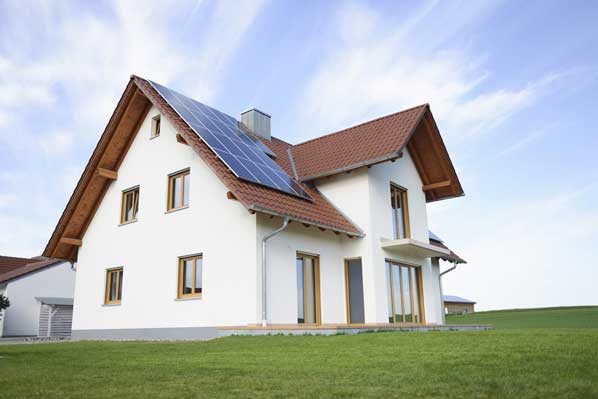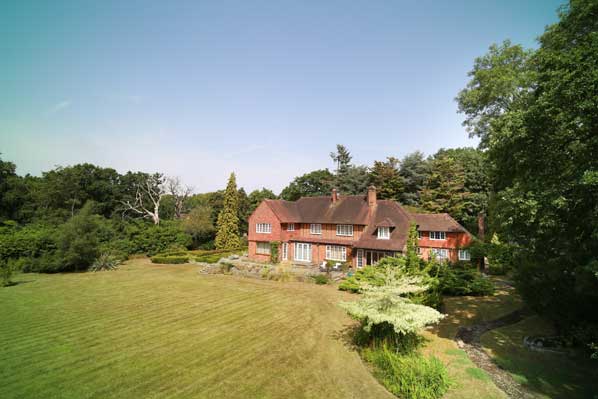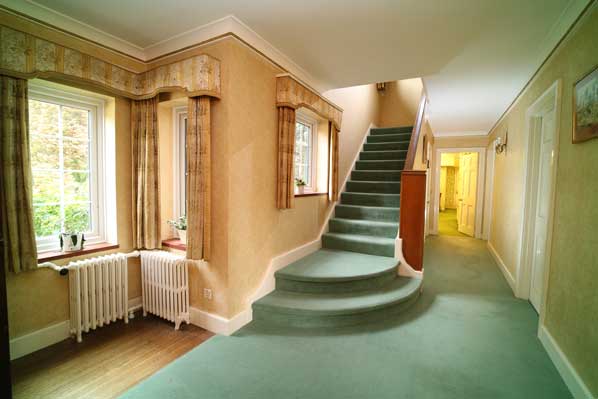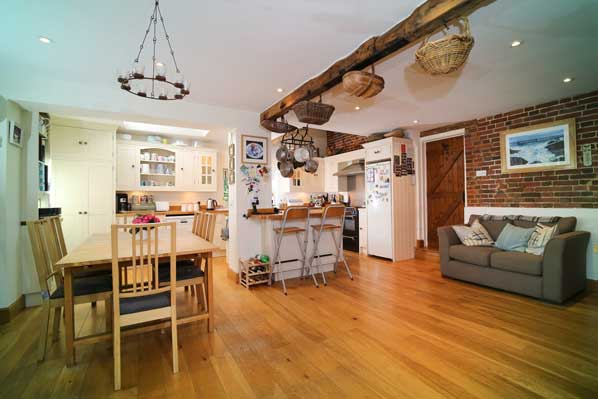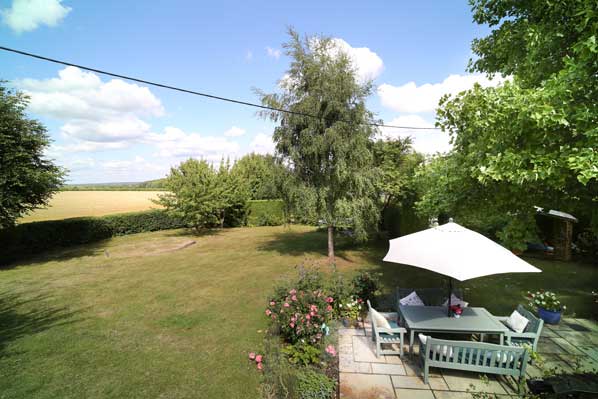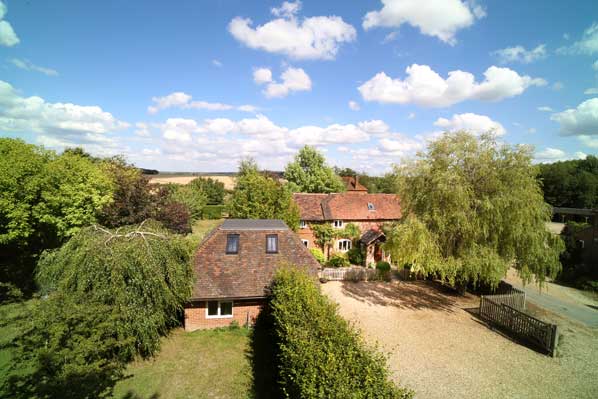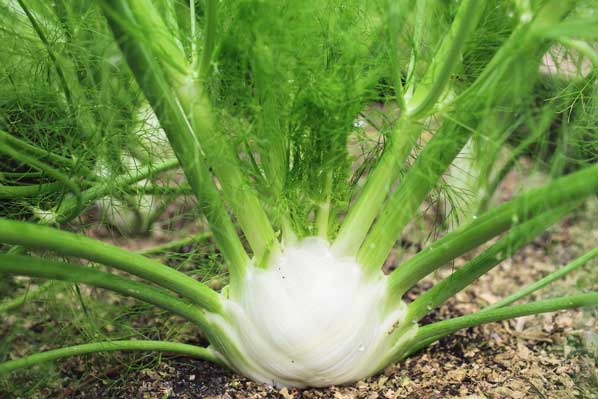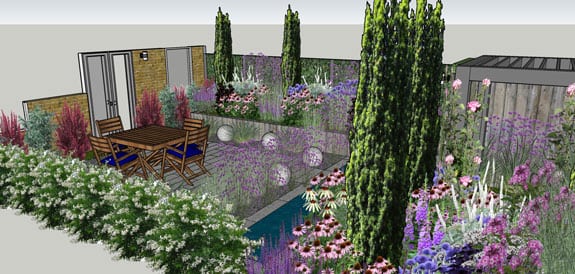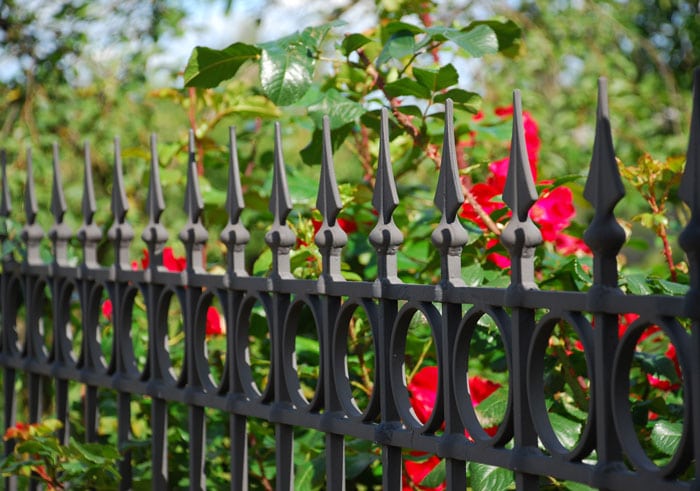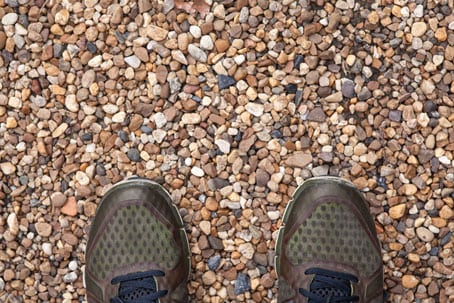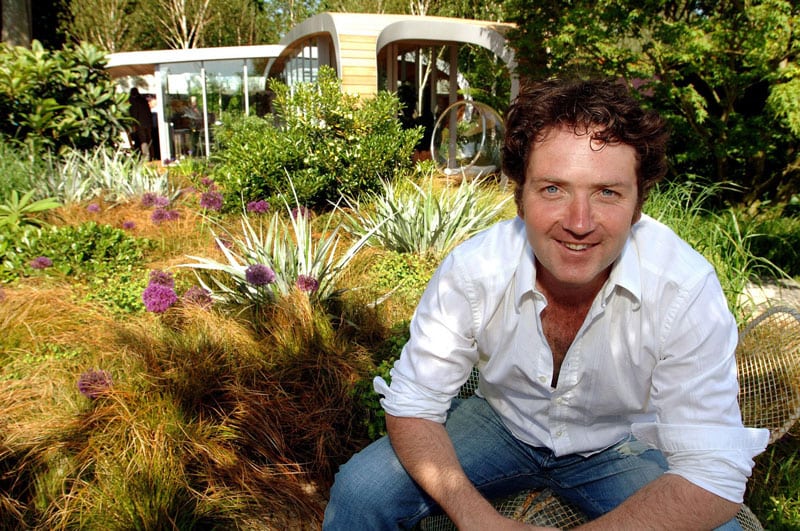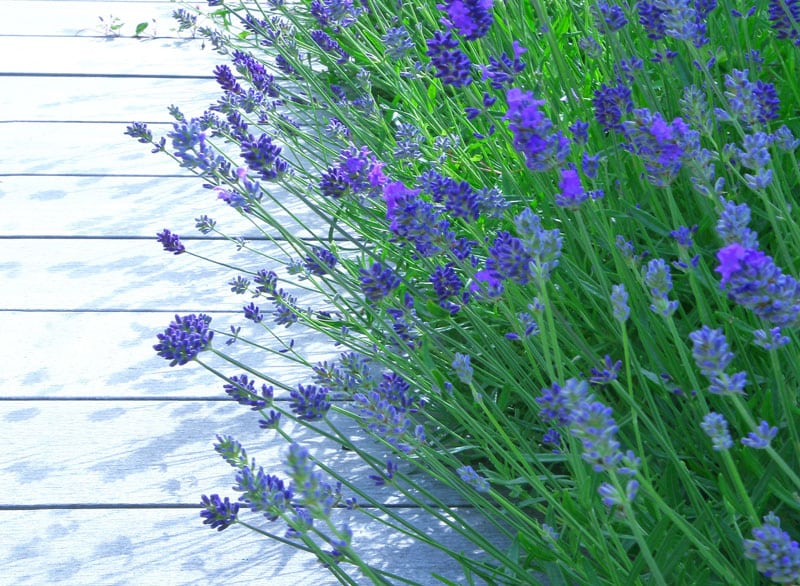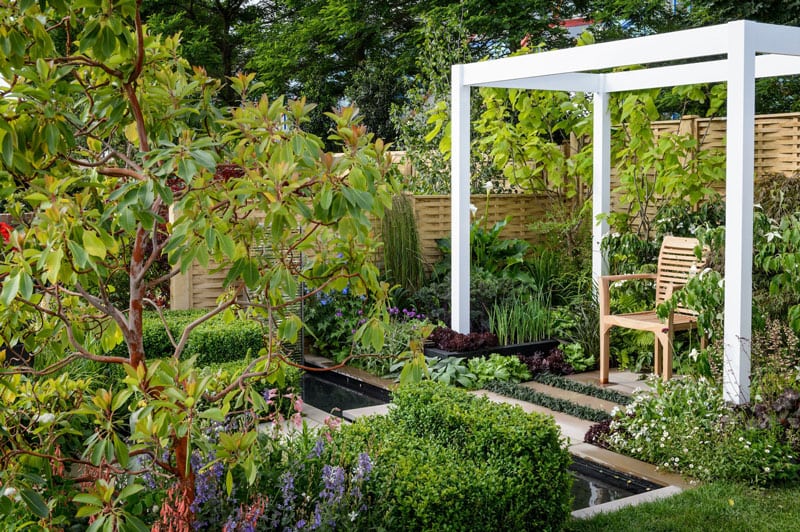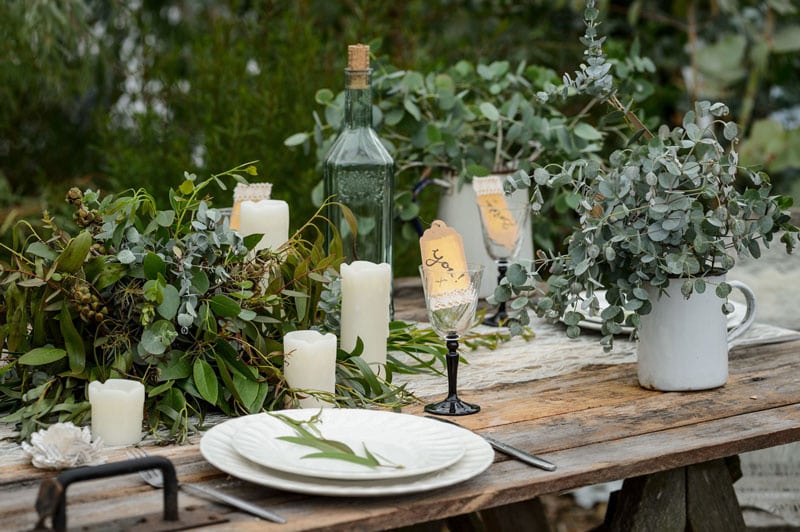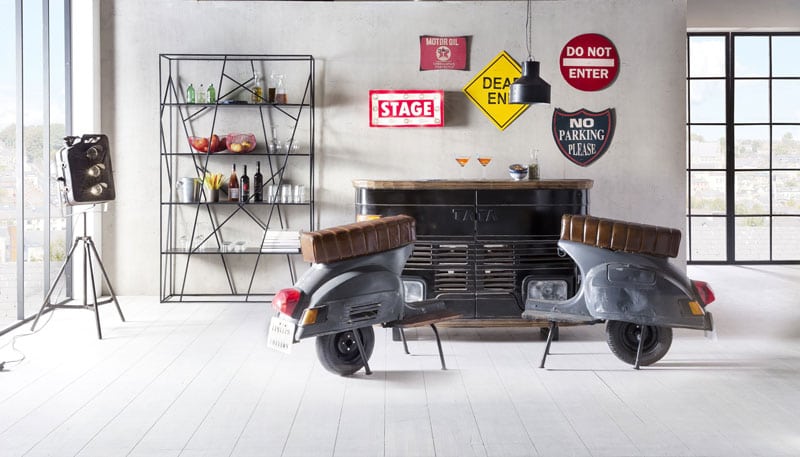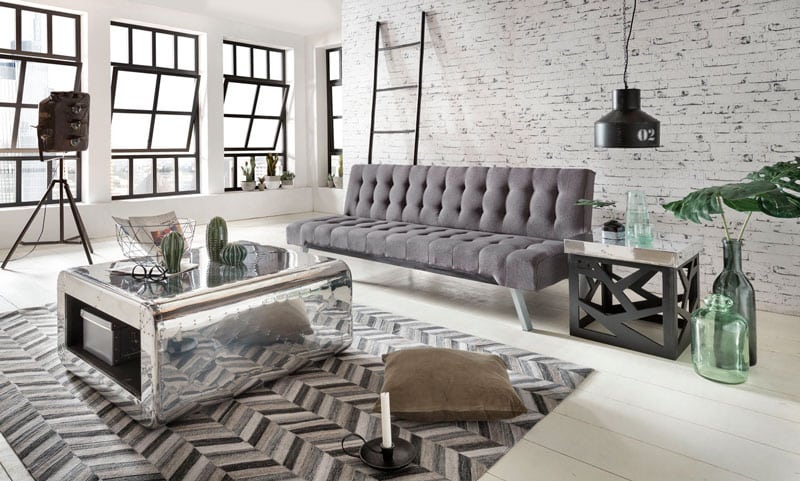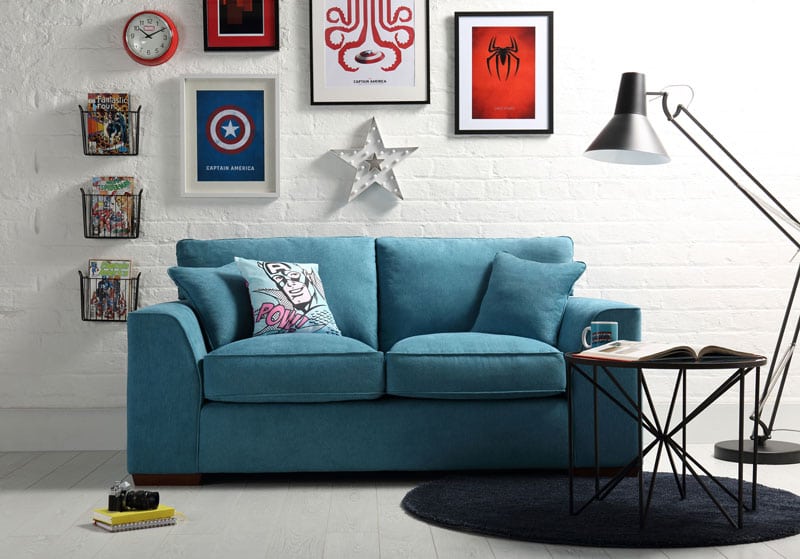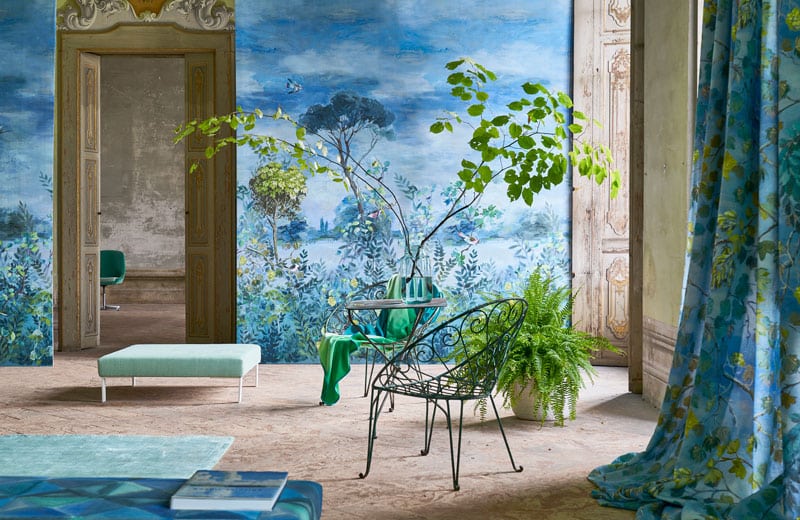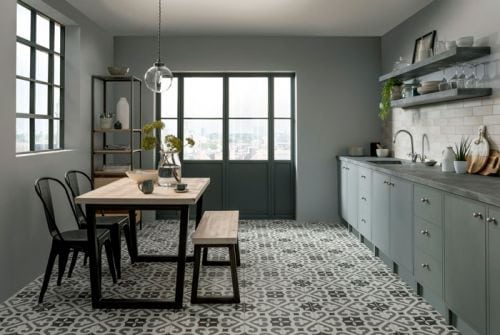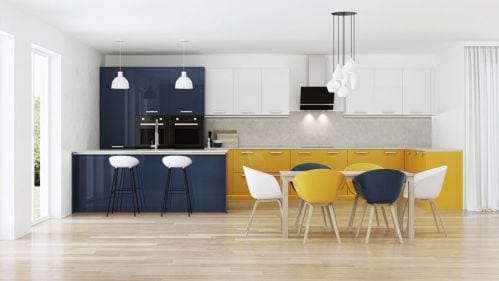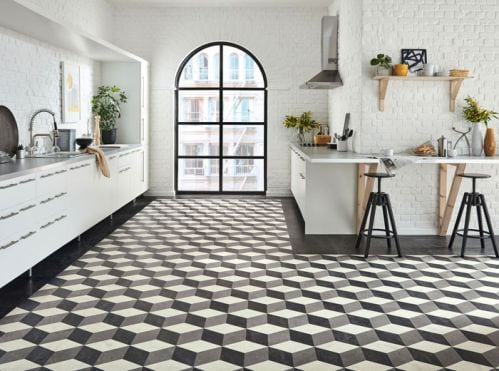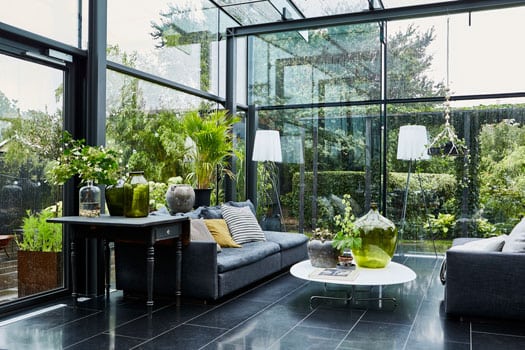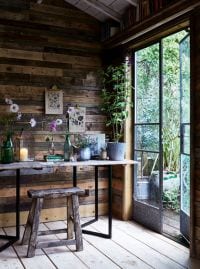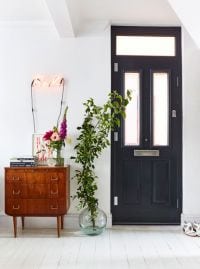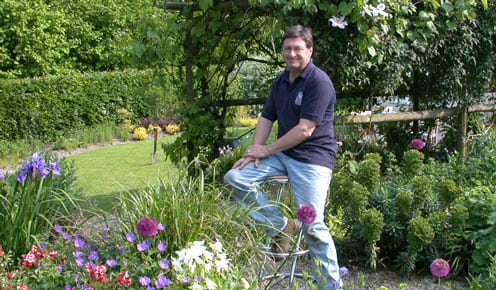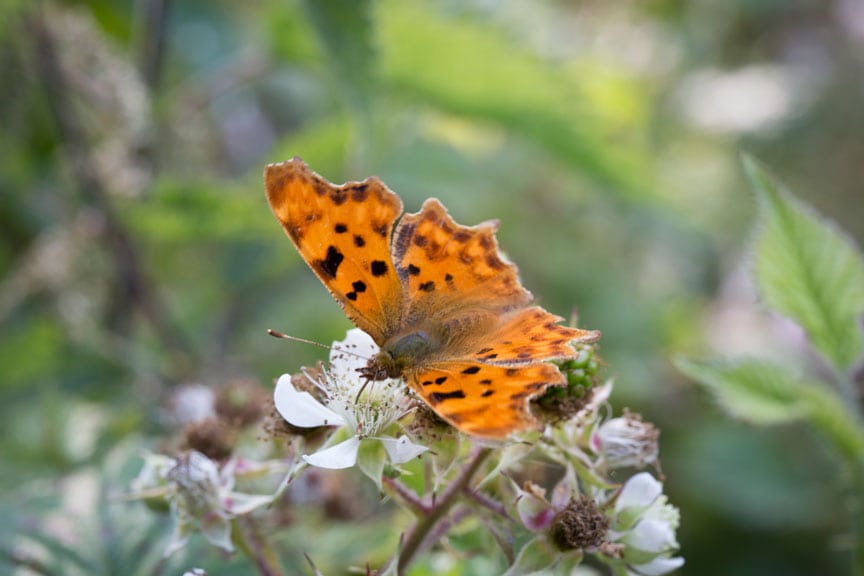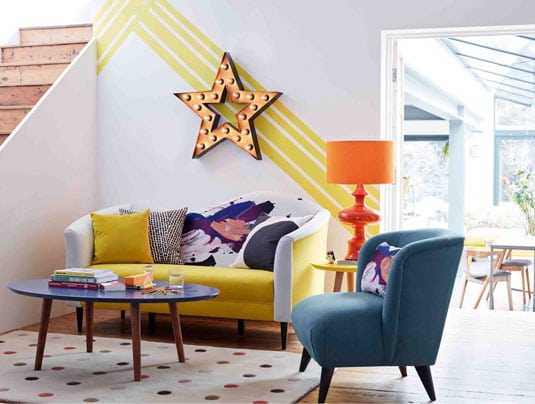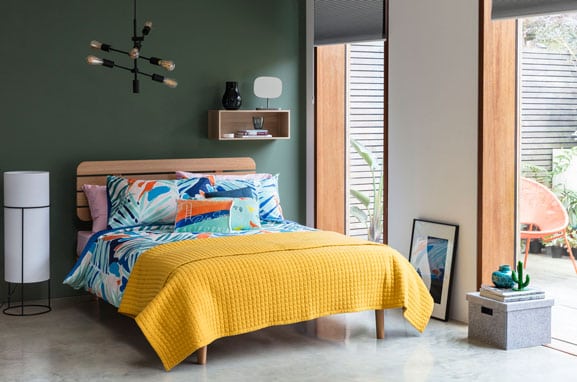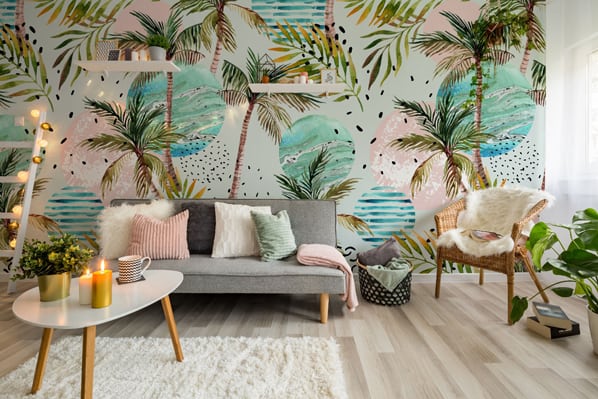
For a different house interior design, birds, wildlife and foliage all star in the latest decor must-haves. Gabrielle Fagan reveals how to style them up.
Hot weather may make you yearn to escape to a tropical paradise but if that’s beyond the budget, you can easily create your own exotic sanctuary.
Combine vibrant shades and bold palm prints with a sprinkling of tropical touches – it’s one of the easiest ways turn up the style dial in your interior, and add a little sizzle to your space.
So, put away your passport and pick one of these sun-kissed looks…
Wing it with tropical birds
“Exotic birds – parrots, flamingos and toucans – are winging their way into our homes, as they’re the perfect way to introduce the colour we’re craving, to give rooms a punchy personality,” says Nadia McCowan Hill, style advisor for online interiors specialist, Wayfair. “Why not flirt with this feathered trend with bold bed linen, cushions, wall art or some eye-catching glassware?
“Alternatively, give an unloved space (such as your downstairs loo or the inside of a cupboard) a quirky makeover, with a striking splash of flamingo or parrot-decorated wallpaper, ” she suggests.
Walk on the wild side with animal prints
“Opting for safari-themed homeware is another sure-fire way to make your interiors grrrr-eat!” says McCowan Hill.
“As well as walking on the wild side with animal images and faux heads, add some bold contrast with bold zebra stripes for a pouffe or chair, and dress a floor with fur print rugs.”
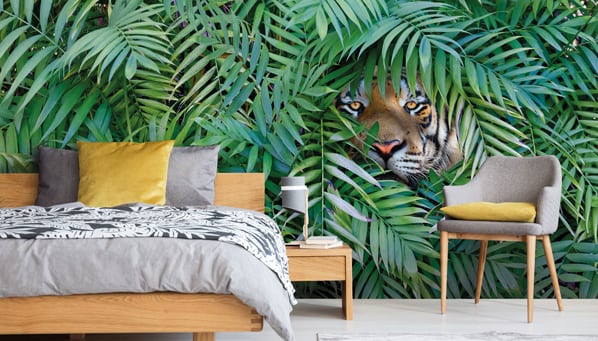
Pick a leafy pattern
“Lush leafy patterns are another easy way to bring this hot summer look home, because palms are evocative of far-away destinations,” notes McCowan Hill.
“For a fresh take on this summer favourite, choose a classic print with a tropical twist, and accessorise around it. That way, you can ramp up the effect to suit your taste. Metallic touches will add a hint of luxury, which will contrast well with a pared-back setting.”
If you really want to create a sultry atmosphere, wall specialists Pixers has a fab Art Illustration With Palm Tree Doodle mural, £301 (though prices start from £29), which would have real impact on a feature wall in a living area.
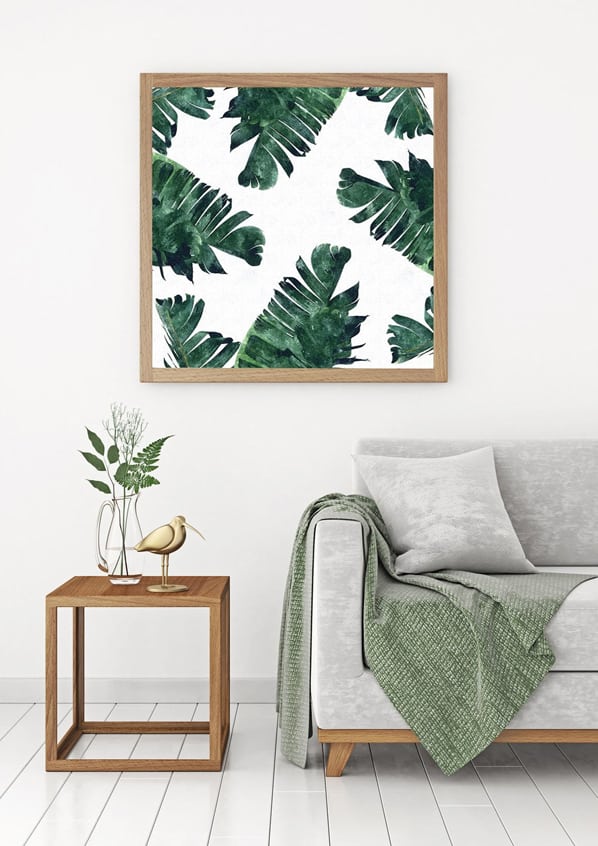
By Gabrielle Fagan, Press Association

